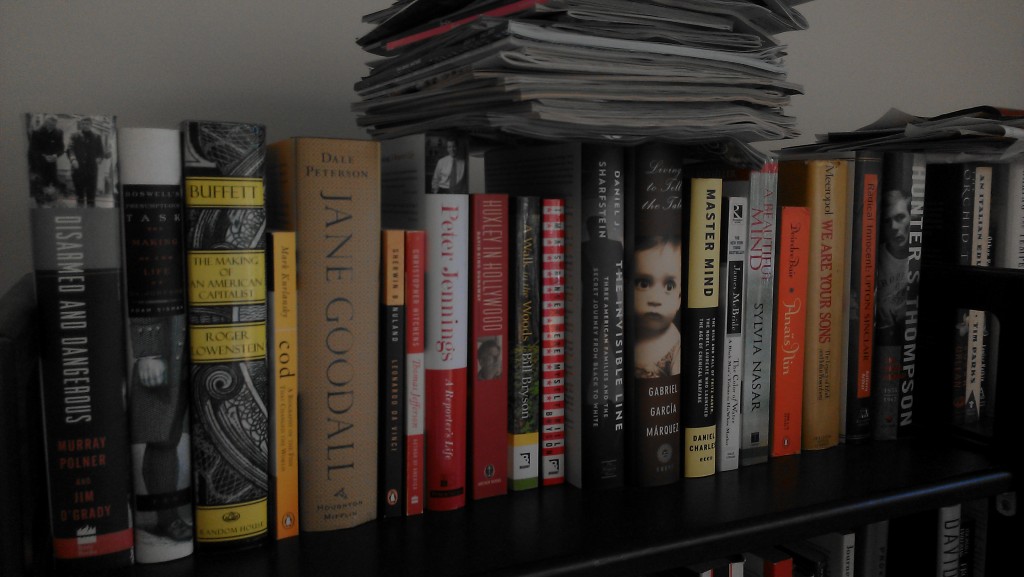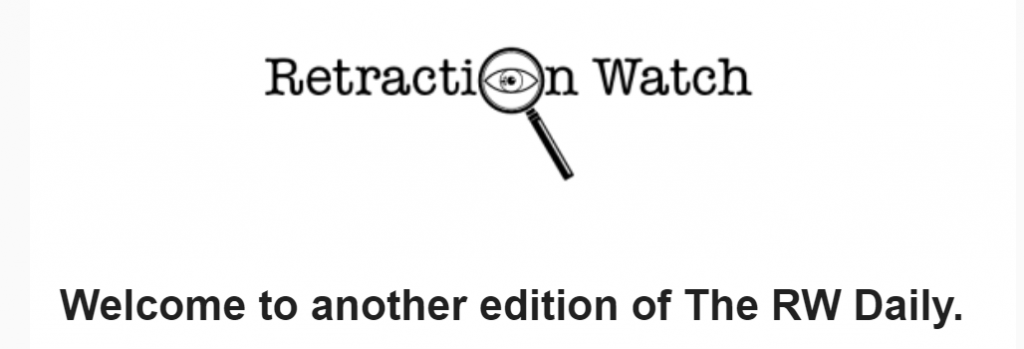
King’s College London (KCL) found evidence of poor research practices by three of its faculty, but “no intention to deceive” and no misconduct, according to documents obtained by Retraction Watch.
One case involves work by cancer biologists Farzin Farzaneh and Ghulam Mufti, while the other involves work by Mahvash Tavassoli, also a cancer researcher. Both involve problems with images and were brought to the attention of KCL in January of this year by pseudonymous whistleblower Claire Francis.
In the Farzaneh and Mufti case, writes Tim Newton, KCL’s dean of research governance, ethics and integrity in an October 31 letter:
Continue reading Exclusive: King’s College London finds “poor research practices” but no misconduct in two recent cases




